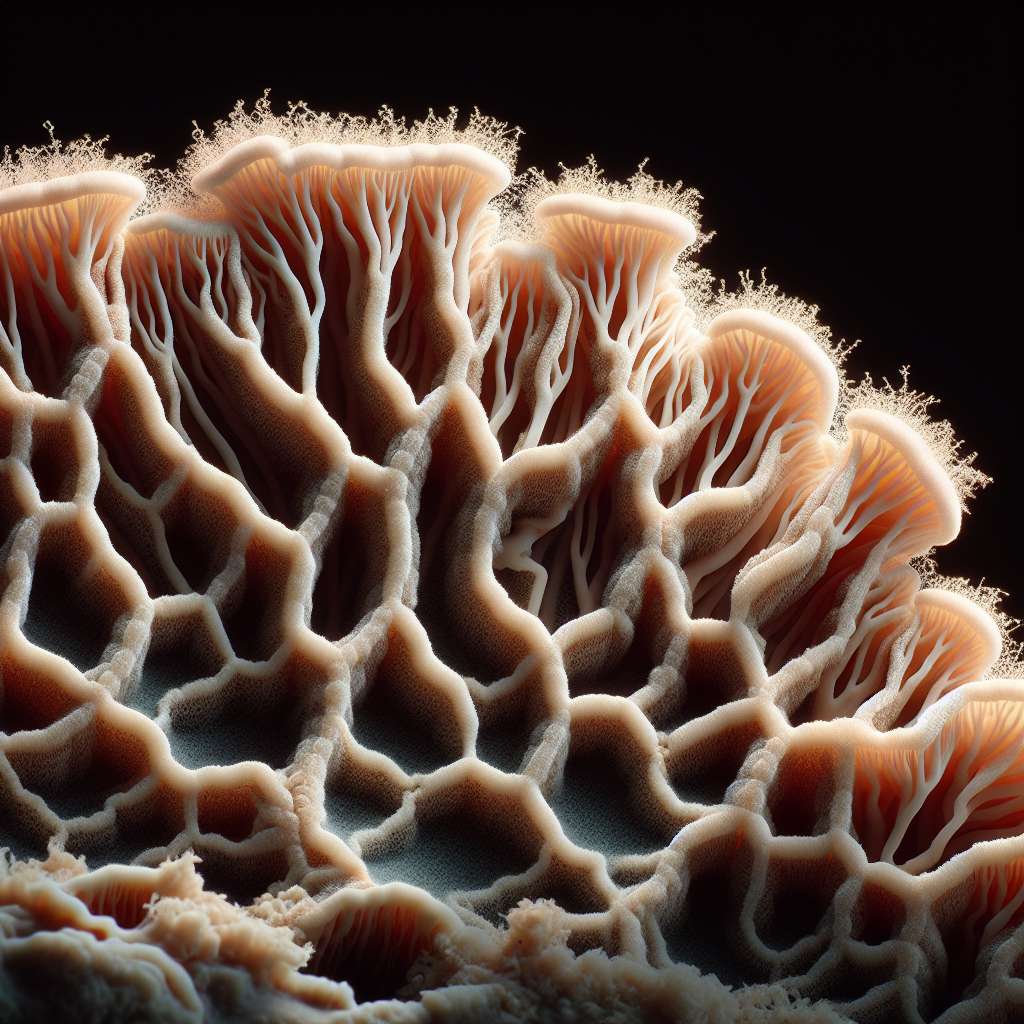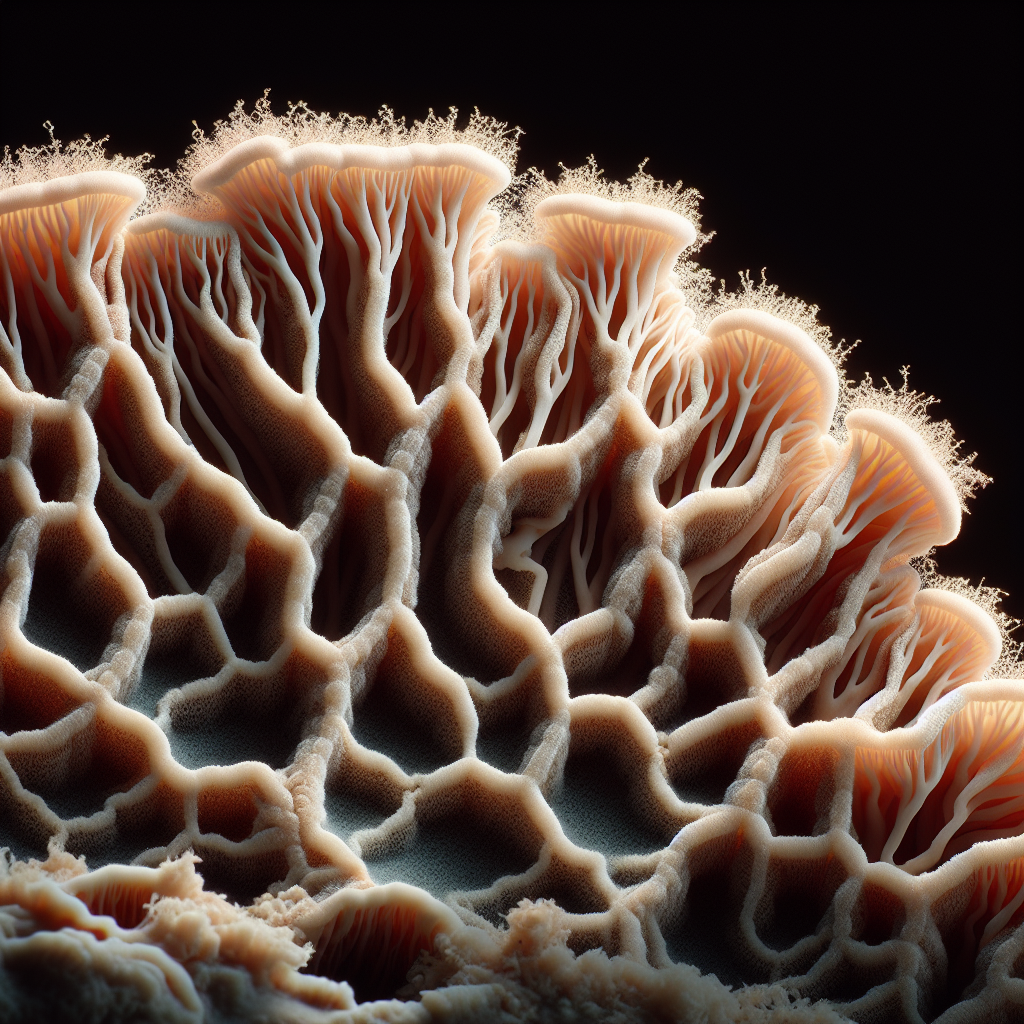Embarking on a journey through the intricate world of mycology, a significant concern you may encounter is the effect of bruising mycelium on its ability to fruit. As an integral part of fungal growth, understanding the impact of physical damage to the mycelium, particularly bruising, can profoundly shape the success of your cultivation efforts. In this article, “Understanding if Bruised Mycelium Will Fruit”, you will have a comprehensive exploration of the exciting field of mycology, specifically focusing on the influence of bruising on mycelium fruiting capabilities.
Understanding Bruised Mycelium
Definition of Mycelium
Mycelium is the vegetative part of a fungus, consisting of a network of fine filamentous structures known as hyphae. Shaped by mycelial growth, fungi infiltrate diverse substrates, drawing nutrients and breaking down organic material, integral to ecosystems worldwide.
Explanation of Bruised Mycelium
Bruised mycelium refers to any physical or chemical harm sustained by the mycelial network, causing observable discoloration or damage. Being delicate and responsive, mycelium can exhibit bruising in response to a myriad of external stimuli including but not limited to environmental stress or handling.
Typical Causes of Mycelium Bruising
The primary cause of mycelium bruising is physical disturbance – an inadvertent result during substrate inoculation, casing layer application, or regular inspection during the growth process. Factors such as dehydration, excessive heat, or certain chemicals can also result in mycelium bruising.
Growth Process of Mycelium
Stages in the Life Cycle of Mycelium
The life cycle of mycelium begins with germination of spores into tiny threads called hyphae. Multiple hyphae form a colony, growing and branching to form the mycelial network. Eventually, given the right conditions, the mature mycelium will produce fruit bodies, which we know as mushrooms – the reproductive stage of the fungus.
Environmental Conditions Necessary for Mycelium Growth
Ideal conditions for mycelium growth vary among species. However, most generally favor a moist, dim, and warm environment, with temperatures ranging between 70 to 75 degrees Fahrenheit. Maintaining appropriate pH balance and providing an abundant nutrient source are also essential.
Role of the Mycelium in Mushroom Cultivation
The mycelium plays a vital role in mushroom cultivation, acting as the basis of the growth process. Mycelial networks invading and decomposing substrate materials convert complex organic compounds into simpler forms, providing necessary nutrition for mushroom fruition.
Effect of Damage on Mycelium
Physical Damage and Its Implications
Physical bruising can retard mycelial growth, disrupting the nutrient absorption process and potentially causing deformities in eventual fruit bodies. Prolonged or severe physical trauma can ultimately lead to the death of the mycelium.
Chemical Damage and Its Effects
Chemical substances such as fungicides, pesticides or inappropriate cleaning agents can harm mycelium, altering their metabolic processes and potentially causing cell death. Furthermore, chemical exposure can trigger mycelium’s defense mechanisms, leading to stress responses such as bruising.
Potential Remedies for Damaged Mycelium
Damaged mycelium can recover, given the right care and attention. It’s important to limit further exposure to the damage source, offer a conducive environment for recovery and ensure adequate resource availability for the mycelium. In severe cases, isolating unaffected regions may be necessary to avoid spread of damage.

Observing Mycelium Bruising
Identifying Signs of Bruising in Mycelium
Bruising presents as color changes in the mycelium, often appearing as blue, brown, or black spots. These alterations are easiest to identify against the often white or cream-colored mycelial backdrop.
Common Reasons for Mycelium Bruising
Common reasons for mycelium bruising include rough handling during cultivation stages, exposure to unfavorable environmental conditions like extreme temperatures or desiccation, and contact with harmful chemicals.
Interpreting the Color Changes in Bruised Mycelium
The color change in bruised mycelium generally denotes oxidative stress. Bruised cells often expose enzymes that react with oxygen and other compounds, changing the mycelium’s color, most commonly to a blue hue.
Factors Influencing Fruiting of Bruised Mycelium
Environmental Conditions and Fruiting
A shift in environmental conditions, such as relative humidity, temperature, light, and fresh air exchange, signals mycelium to initiate the fruiting process. Disturbances in these conditions due to bruising may delay or hinder fruiting.
Genetic Factors Affecting Fruiting
Certain strains exhibit a higher resilience to bruising, and despite damage, may result in successful fruiting. However, these characteristics largely depend on the species and specific genetics of the mycelial strain in question.
The Influence of Damage Extent on Fruiting Potential
The extent of the damage influences how significantly bruising impacts fruiting. Localized bruising may merely delay growth, whereas widespread damage can halt the fruiting process altogether.
Case Studies on Bruised Mycelium Fruiting
Examination of Bruised Mycelium Fruiting
Multiple case studies have reported that bruised mycelium can indeed bear fruit, especially when damage is local and the strain has inherent damage resilience.
Analyzing Factors Leading to Successful or Unsuccessful Fruiting
Factors responsible for determining successful or unsuccessful fruiting in these cases include the extent of damage, strain resilience, and post-bruised care, amongst others.
Discussion on Findings from Case Studies
Observations have consistently shown that environmental control, proper handling, and prompt remedial measures can greatly improve the chances of fruitful outcomes in instances of mycelium bruising.
Mitigating Effects of Bruising on Mycelium
Practices to Avoid Mycelium Bruising
To avoid bruising, handle the substrate gently during inoculation and casing stages. Regularly monitor and control environmental parameters, and avoid exposure to possibly harmful chemical substances.
Repairing Procedures for Bruised Mycelium
To aid the healing process, maintain optimum environmental conditions, ensuring sufficient nutrients and moisture presence. Minor bruising should recover naturally in conducive environments, whereas severe cases may warrant segregating and re-initiating mycelial growth from unharmed portions.
Preventive Measures for Reducing Bruises
Periodically moisturize to prevent drying out, and ensure ventilation while also maintaining required humidity and temperature. Additionally, use non-hazardous cleaning agents and practice strict hygiene protocols to prevent chemical or microbial damage.
Impact of Bruised Mycelium on Mushroom Quality
Exploring How Bruising Influences Mushroom Physiology
Bruising can adversely impact mushroom physiology, interfering with nutrient transport, and potentially leading to malformed fruit bodies. Additionally, it can stress the mycelium, causing reactions that might affect overall nutrient content and thus the taste and texture.
Impact of Bruising on Host Tree or Substrate
Depending upon the severity and the cause, bruising may lead to substrate decomposition and nutrient depletion, which may negatively impact the host tree or substrate and subsequent mushroom growth.
The Final Impact on Mushroom Quality and Yield
Bruising can lead to a reduction in yield and a potential decline in mushroom quality. This makes mitigating, addressing, and preventing bruises pivotal in commercial and hobbyist cultivation.
Common Misconceptions about Bruised Mycelium
Clarifying Common False Beliefs about Bruised Mycelium
Many believe that bruised mycelium implies contamination or signifies the onset of a disease, which is not always the case. Mycelium bruising is a natural response to damage and can be remedied under good care.
Addressing Concerns of Bruising Leading to ‘Contamination’
Bruising does not directly cause contamination. However, the weakened state and the potential openings may make mycelium more susceptible to pathogenic organisms. Hence, maintaining a sterile environment becomes even more critical.
Debunking the Belief that Bruised Mycelium Will Not Fruit
Another prevalent misconception is that bruised mycelium will not fruit, which is not universally valid. Bruised mycelium can bear fruit, given proper care and ideal conditions. Several factors – the extent of bruising, genetics, and environmental conditions – determine the fruition outcome.
Conclusion and Future Research
Synopsis of the Presented Ideas
In conclusion, while mycelium bruising can pose challenges, it doesn’t spell an end to your mushroom cultivation. Bruised mycelium, with the right conditions and care, can still fruit, often giving rise to normal, hearty mushrooms.
Potential Areas for Future Research on Bruised Mycelium
Future research can concentrate on mapping resilience among different species, developing a bruise-resistant strain, improving recovery methodology, and isolating the genetic and environmental factors influencing bruising and fruiting capabilities.
Suggested Practices for Dealing with Bruised Mycelium in Cultivation
Key practices to adopt include – gentle handling, careful environmental monitoring, prompt damage control, regular substrate nurturing, strict hygiene protocols, and relentless patience. Remember, in the face of adversity, the mycelium, like everything else in life, needs a little tender love and care to bounce back. Understanding and responding to mycelium bruising is an integral part of successful mushroom cultivation.
